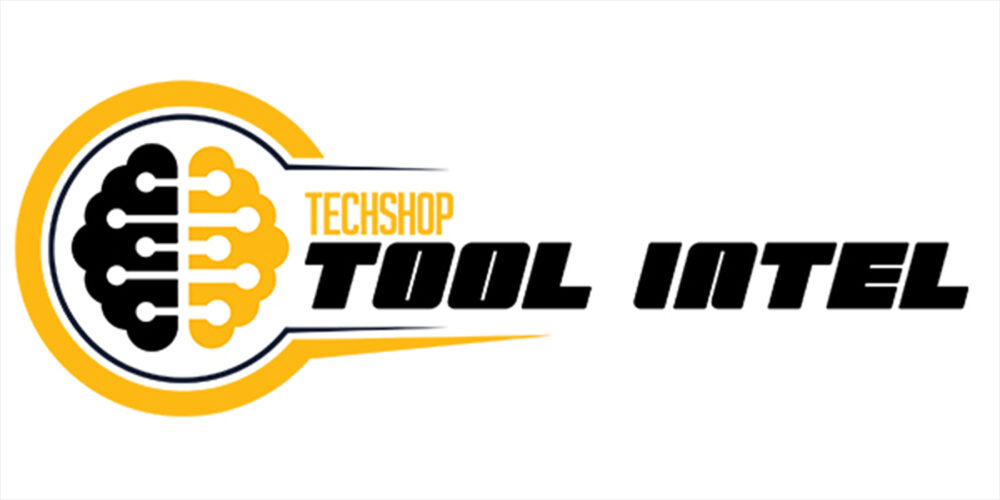How often should I change the antifreeze in my car?
A. It depends on the age of your vehicle, the type of coolant (antifreeze) in the cooling system and how many miles a year you drive. All late model vehicles (with a couple of minor exceptions) are factory-filled with ethylene glycol-based antifreeze. Though the coolant may be dyed orange, yellow, red, pink, blue or some other color, they contain one of two basic types of corrosion inhibiting additive formulas: Organic Acid Technology (OAT) or Hybrid Organic Acid Technology (HOAT).
OAT-based antifreeze uses chemicals such as carboxylate, sebacate and 2-EHA (ethylhexanoic acid) to prevent corrosion. Antifreeze manufacturers won’t reveal the exact makeup of their OAT additive packages because they are proprietary secrets. But the chemicals are typically slow-acting so they can neutralize corrosion inside the engine, radiator and cooling system over a long period of time. Most manufacturers of OAT-based antifreeze claim their products have a service life of five years, or 100,000 to 150,000 miles — whichever comes first (that’s the important part).
HOAT-based antifreezes also contain an OAT additive package, plus an additional dose of silicates.
These are chemicals that contain silicon and other metals for protecting aluminum surfaces. Silicates are fast-acting chemicals that form a protective coating on aluminum surfaces. However, as the coolant ages, some of the silicates may drop out of solution.
These particles can have an abrasive effect as they circulate in the cooling system, accelerating wear on water pump seals and plastic impellers, plastic radiator end tanks or inside metal heater cores with sharply curved tubes.
To avoid these kinds of problems, most HOAT-based antifreezes use stabilizers to keep the silicates in solution, and they contain only a small amount of silicates. HOAT-based antifreezes that claim to be “low silicate” formulas should meet the ASTM D6210 standard (which is a requirement for most late model diesel engines).
Like-OAT-based antifreezes, HOAT-based antifreezes also have a claimed service life of five years or 100,000 to 150,000 miles — whichever comes first.
So, regardless of which type of coolant is in a cooling system, or the brand of the coolant, it’s important to change any “long life” coolant after five years of service, regardless of the mileage on the odometer.
Unfortunately, many people don’t do this and their cooling systems suffer premature component failures as a result. Five years is not forever. Once the OAT or HOAT additives in the antifreeze have been used up, electrolytic corrosion can start attacking the engine, radiator, heater core and other cooling system components.
Q. What type of antifreeze should I use when I change my coolant?
A. Use an antifreeze that meets the OEM coolant specification requirements if your vehicle if it is still under warranty (and that includes extended powertrain warranties, too). If it is out of warranty, you can continue to use the same OEM or OEM-equivalent antifreeze, a long life “universal” antifreeze (compatible with all makes, all models), or even the older “green” formula standard antifreeze. All are capable of providing adequate protection for your cooling system.











